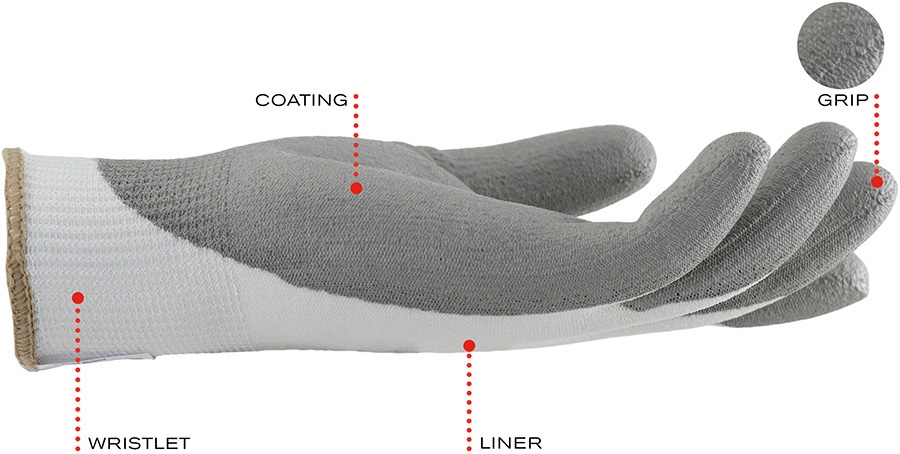The following Cut Score Application details correlate ANSI cut scores to their relevant applications.
-
200 – 499 GRAMS: TYPICAL USES
Light to Medium-duty Assembly, Maintenance & Repair, Material Handling and Warehouse Shipping and Receiving.
-
500 – 999 GRAMS: TYPICAL USES
Light to Medium-duty Assembly, Automotive, Construction, Maintenance & Repair, Material Handling and Metal Handling.
-
1,000 – 1,499 GRAMS: TYPICAL USES
Medium to Heavy-duty Assembly, Automotive, Construction, Maintenance & Repair, Material Handling and Metal Handling.
-
1,500 – 2,199 GRAMS: TYPICAL USES
Medium-duty Assembly, Automotive, Construction, Glass Fixture Installation, Material Handling and Metal Handling.
-
2,200 – 2,999 GRAMS: TYPICAL USES
Heavy-duty Assembly, Automotive, Construction, Glass Handling, Material Handling, Metal Handling and Metal Stamping.
-
3,000 – 3,999 GRAMS: TYPICAL USES
Heavy-duty Assembly, Automotive, Construction, Glass Handling, Material Handling, Metal Handling and Metal Stamping.
-
4,000 – 4,999 GRAMS: TYPICAL USES
Heavy-duty Assembly, Automotive, Construction, Glass Manufacturing, Metal Handling and Metal Stamping.
-
5,000 – 5,999 GRAMS: TYPICAL USES
Heavy-duty Assembly, Automotive, Construction, Glass Manufacturing, Metal Handling and Metal Stamping.
-
6,000+ GRAMS: TYPICAL USES
Heavy-duty Assembly, Automotive, Construction, Glass Manufacturing, Metal Handling and Metal Stamping.

 General Purpose Gloves - CoatedMaxiFlex® Ultimate™34-874
General Purpose Gloves - CoatedMaxiFlex® Ultimate™34-874
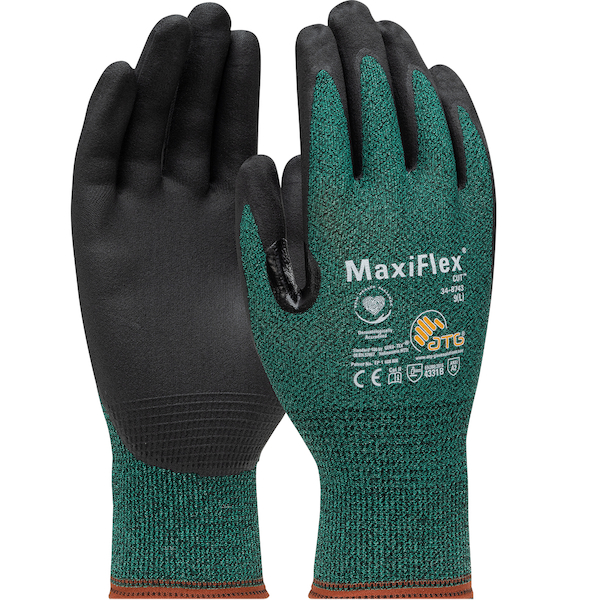 Cut Resistant GlovesMaxiFlex® Cut™34-8743
Cut Resistant GlovesMaxiFlex® Cut™34-8743
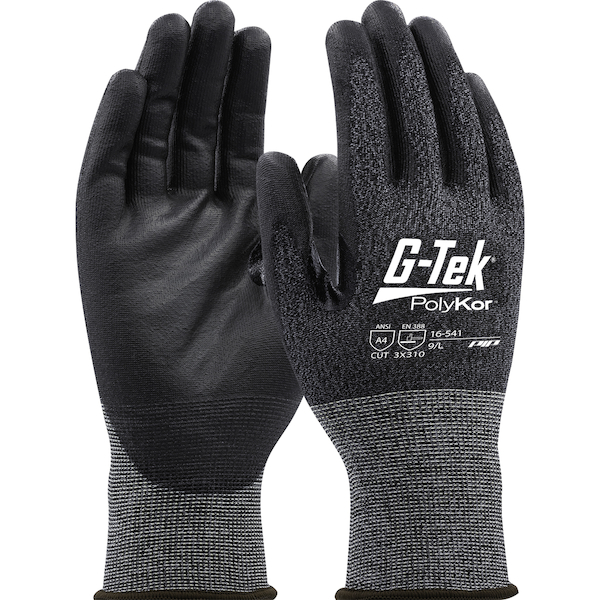 Cut Resistant GlovesG-Tek® PolyKor®16-541
Cut Resistant GlovesG-Tek® PolyKor®16-541
 Cut Resistant GlovesG-Tek® PolyKor®16-560
Cut Resistant GlovesG-Tek® PolyKor®16-560
 Cut Resistant GlovesG-Tek® PolyKor®16-351
Cut Resistant GlovesG-Tek® PolyKor®16-351
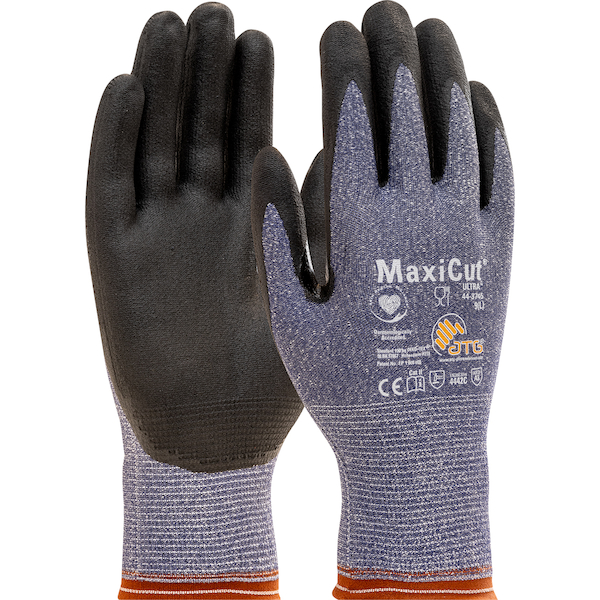 Cut Resistant GlovesMaxiCut® Ultra™44-3745
Cut Resistant GlovesMaxiCut® Ultra™44-3745
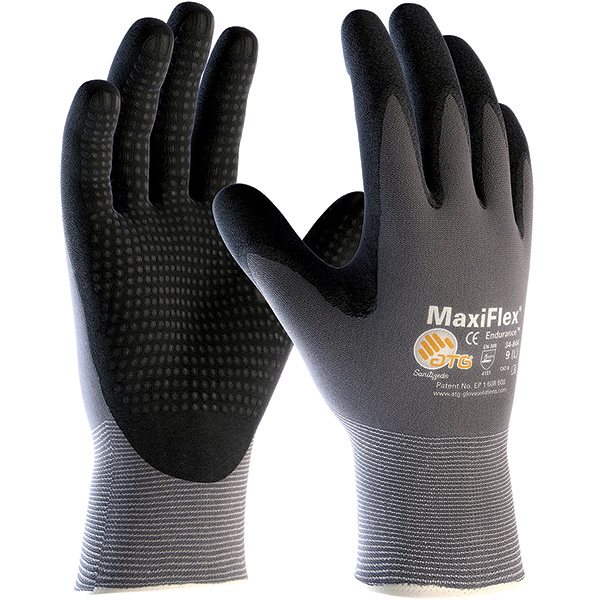 General Purpose Gloves - CoatedMaxiFlex® Endurance™34-844
General Purpose Gloves - CoatedMaxiFlex® Endurance™34-844
 Extended Use Disposable GlovesGrippaz™ Skins67-246
Extended Use Disposable GlovesGrippaz™ Skins67-246
 General Purpose Gloves - CoatedG-Tek® VR-X™33-VRX180
General Purpose Gloves - CoatedG-Tek® VR-X™33-VRX180
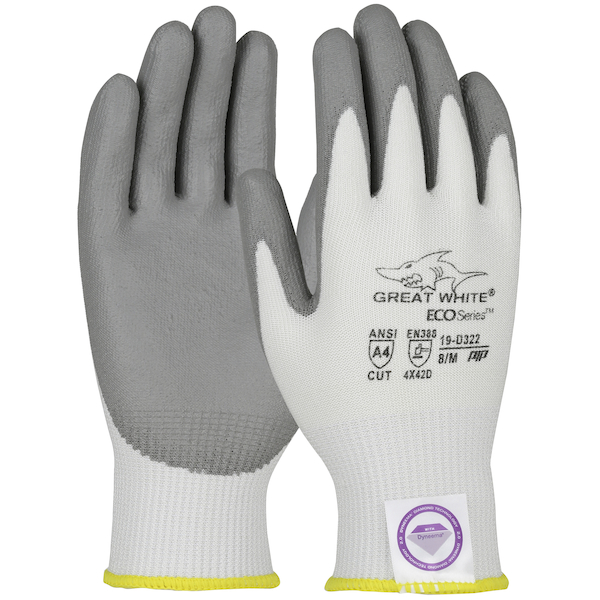 Cut Resistant GlovesGreat White® ECO Series™19-D322
Cut Resistant GlovesGreat White® ECO Series™19-D322
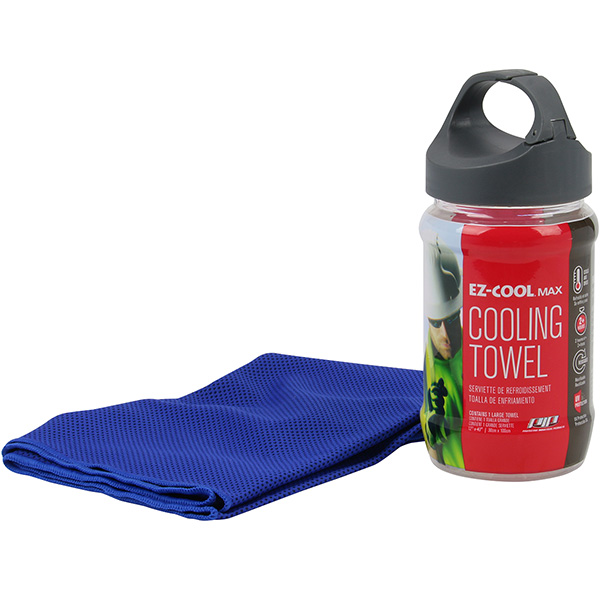 Evaporative CoolingEZ-Cool® Max396-EZ900
Evaporative CoolingEZ-Cool® Max396-EZ900
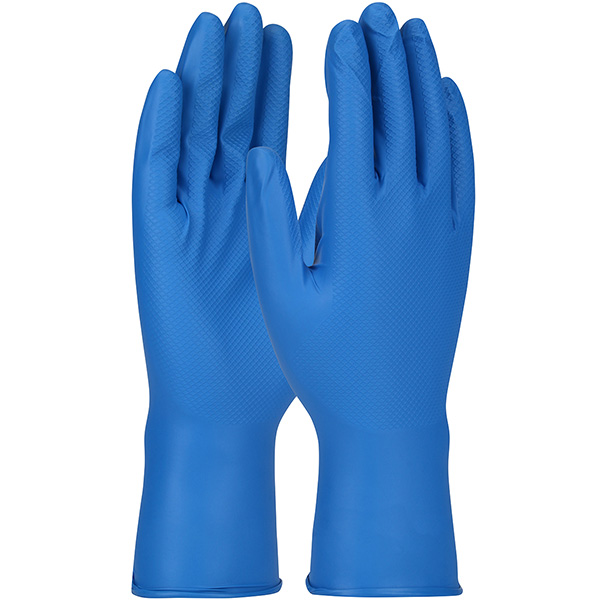 Extended Use Disposable GlovesGrippaz™ Food Plus67-308
Extended Use Disposable GlovesGrippaz™ Food Plus67-308
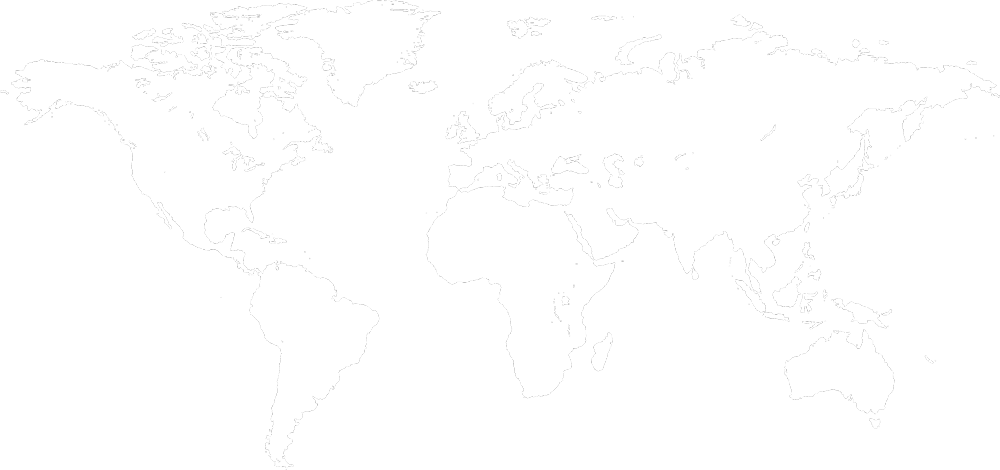
















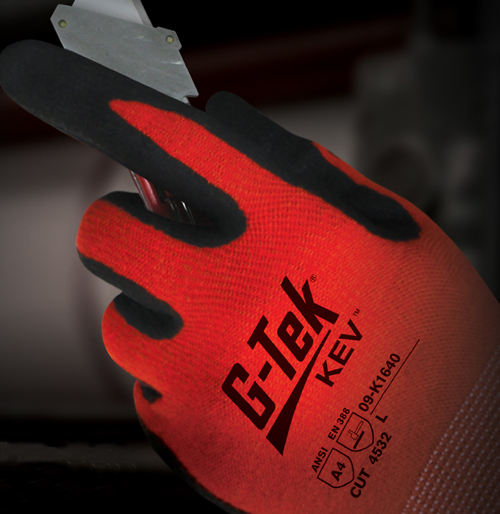

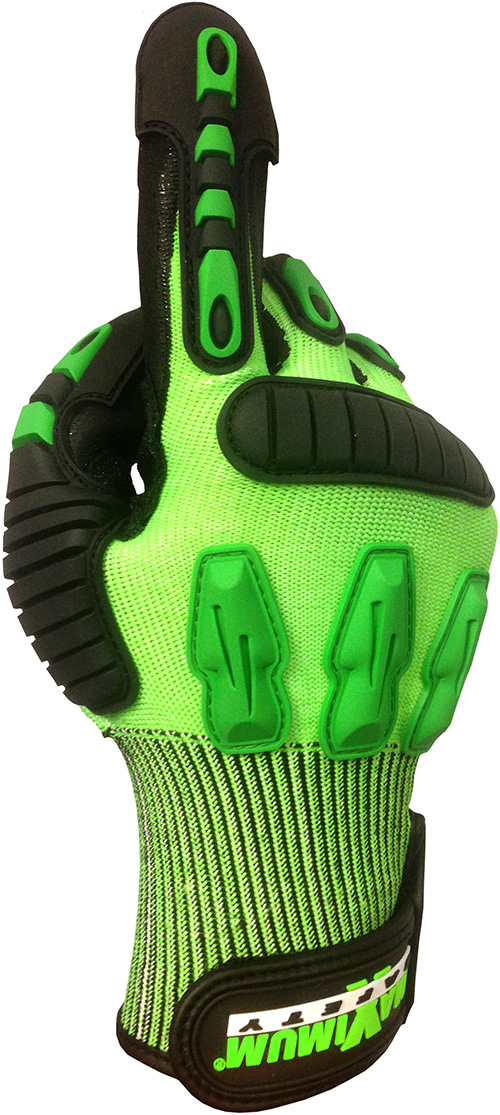

 COATED SEAMLESS KNIT
COATED SEAMLESS KNIT  POLYMER
POLYMER  CUT AND SEWN
CUT AND SEWN 